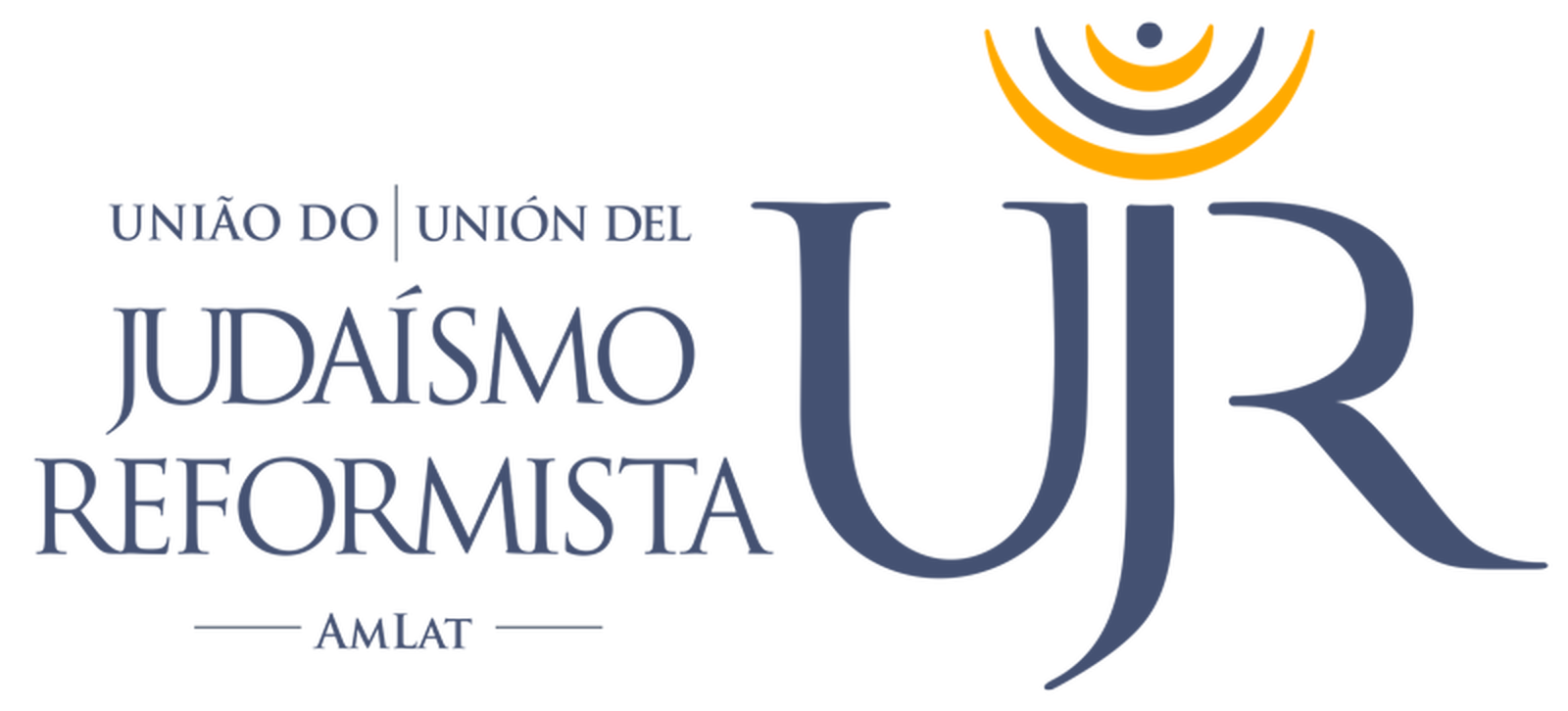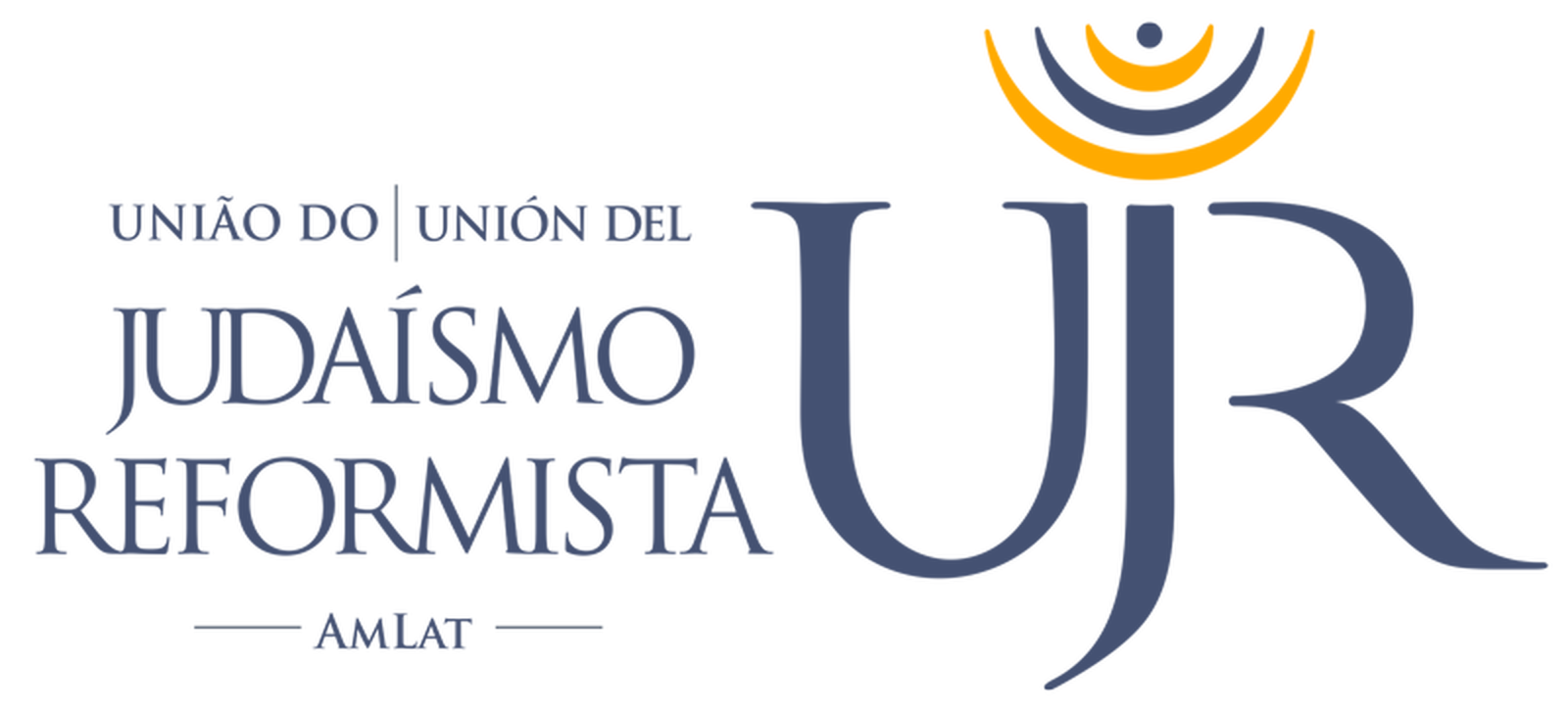Lag BaOmer
ל׳׳ג בעומר
18 Iyar 5783
May 8–9, 2023
Lag Ba Omer is a relatively young celebration, a smaller party that falls on the 33rd day of the seven-week period between Pêssach and Shavuot, known as “Counting of the Omer”, (an Omer: a beam; it is an ancient Hebrew way of measuring grain). This feast gives us a rest from the semi-mourning restrictions prevailing during the period, in which, for some branches of Judaism, parties are not allowed, no events with music, no weddings, or haircuts.
Israel’s feasts always have various meanings, such as agricultural, historical, national, and spiritual: the Omer marks both the spring-sowing and harvest cycle, as well as the Israelites’ journey out of slavery in Egypt (Pessach) and receiving the Torah on Mount Sinai (Shavuot). Biblical law forbade any use of the new barley harvest until after an omer was taken as an offering to the Temple in Jerusalem. The book of Leviticus (23:15–16) also commanded, “And from the day ye bring the offering… you’ll count seven weeks. They must be complete.” This commandment led to the practice of the “Sfirat ha Omer”, or the 49 days of the “Count of the Omer”, which begins on the second day of Pessach and ends with the celebration of Shavuot on the 50th day.
Lag baOmer celebrates a series of historical events:
1 – There are several explanations of why this particular date is special. One suggests that a plague that caused the death of thousands of Rabbi Akiva’s students ended in Lag baOmer. Apparently, the plague was caused by a lack of respect among the students.
2 – Another explanation states that Lag Ba Omer is the Yahrzeit of one of Rabbi Akiva’s most famous students: Rabbi Shimon bar Yochai (Rashbi), sage of the Mishnah (2nd century EC), who, it is said, was the author of the mystical writings of the Zohar, the text of Cabalá (Jewish mysticism). It is also said that he was so righteous that no rainbow appeared, a sign of the covenant between God and creation, throughout his life. According to Rashi (1040–1105), the great scholar of the Torah, there were, in fact, entire generations who did not need a visible sign of this covenant, and rabbi Shimon Bar Yochai’s generation was one of them.
3 – According to the tradition of Cabalá, the Rashbi married, ordained himself as Rabbi and died on that date. Therefore, Lag baOmer can also be seen as a tribute to the sages of Israel. This date (Iom Hilula) became a day of celebration and joy amid the sad seven weeks that surround it.
4 – In many Chasidic traditions, the first haircut of babies at the age of three (chalaká) also takes place in Lag baOmer, precisely in Meron (where rashbi’s tomb is located). It is customary, right after that, to weigh the cut hair and donate the cash equivalent to those most in need.
5 – The Jewish military victory over Rome, led by Bar Kochba in the year 66 EC.
Before the establishment of the State of Israel, practicing Jews living in Palestine and around the world honored the scholar Rashbi in Lag baOmer by lighting fires and singing songs. For the young Zionists of the time, these same bonfires and songs were not tributes to a scholar, but to the young members of the Palmach, created in 1941 (clandestine defense army). They fought to defend a state that was, at that moment, just a dream.
For Israelis today, Lag baOmer symbolizes the Jewish spirit of struggle. In the days before the party, firewood is collected, and supermarket carts are borrowed to take the branches to the places where the bonfires will be made.
People with guitars and marshmallows gather from everywhere, gathering around the campfires for a night of singing and celebration. 2,000 years ago and to this day, Lag baOmer represents a time during which the Jewish people were at risk but chose to fight and resist the fighting to live up to their values and beliefs.
Rabina Silvia Dorfman
Argentina
Consulted bibliography:
Raba Dalia Marx, A través del año judío, Editorial Sifrei Kodesh
www.reform.org





